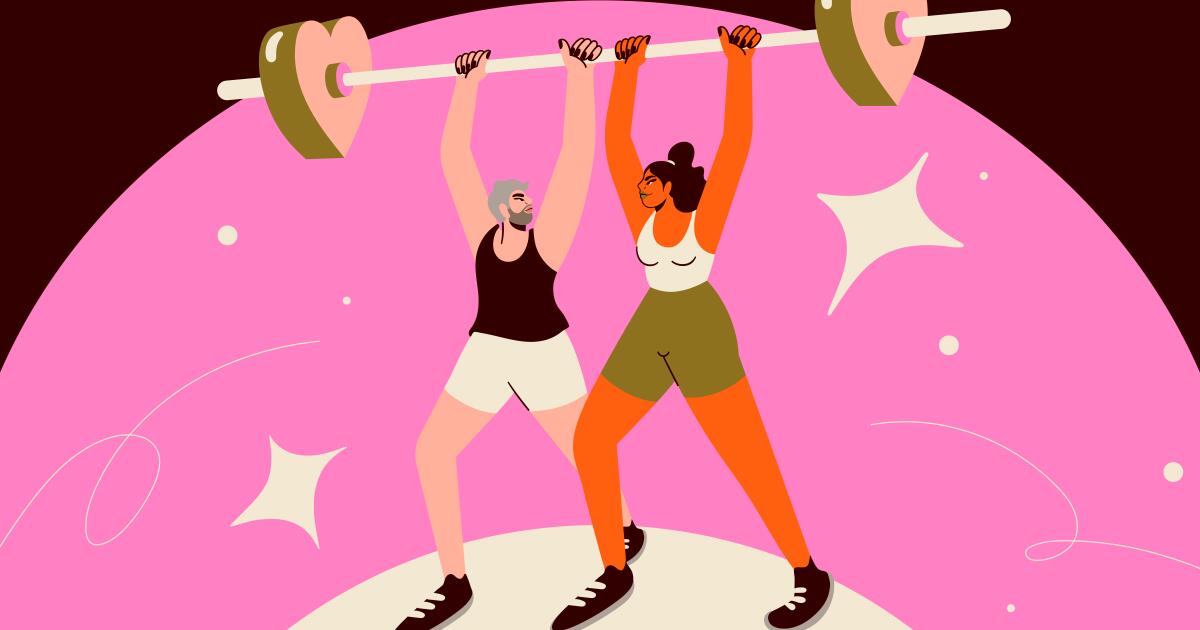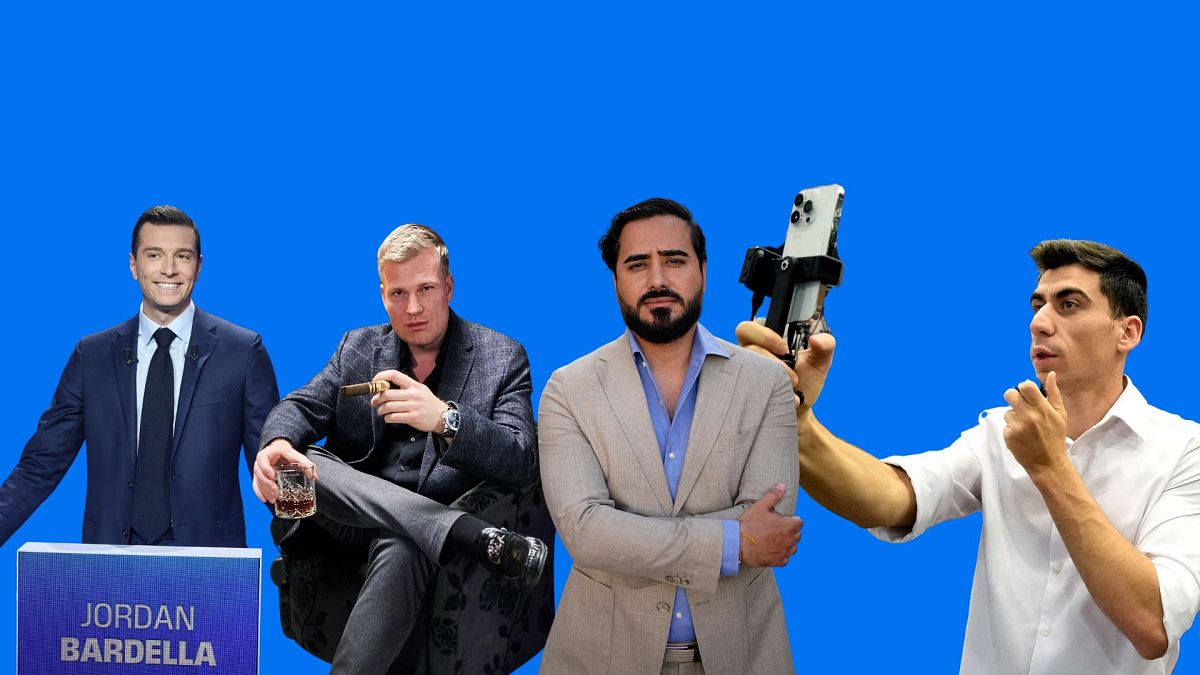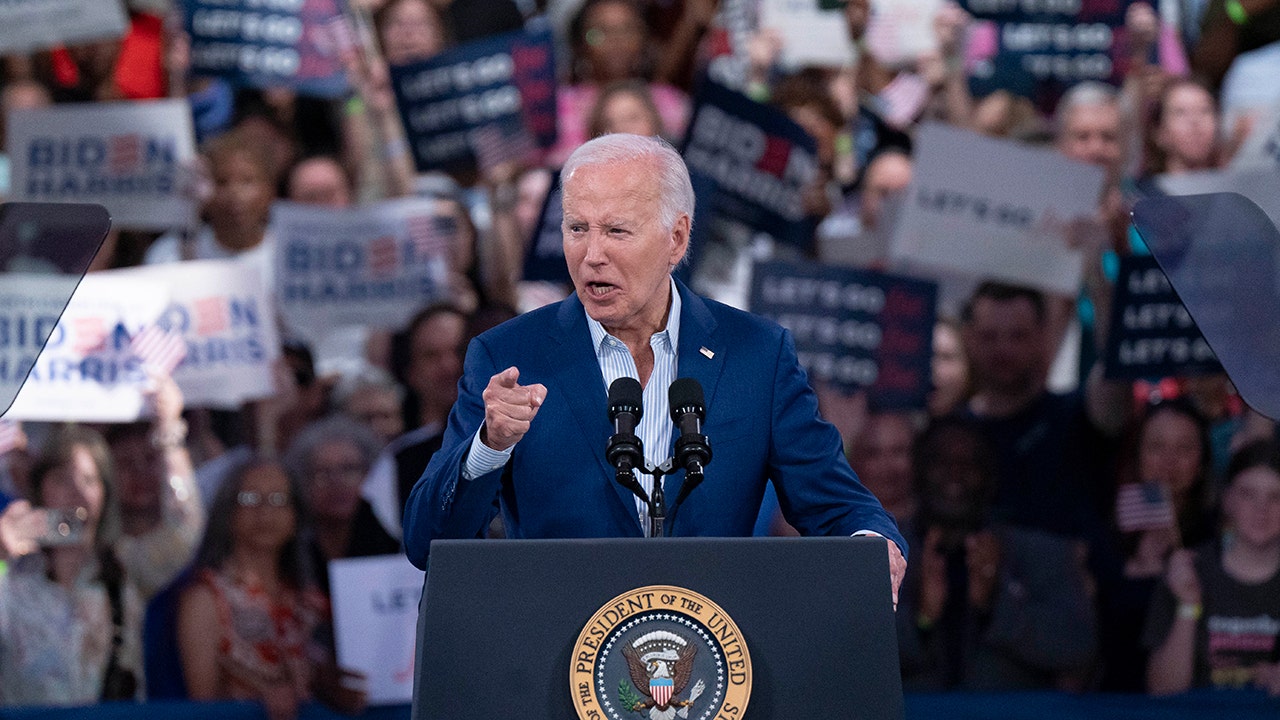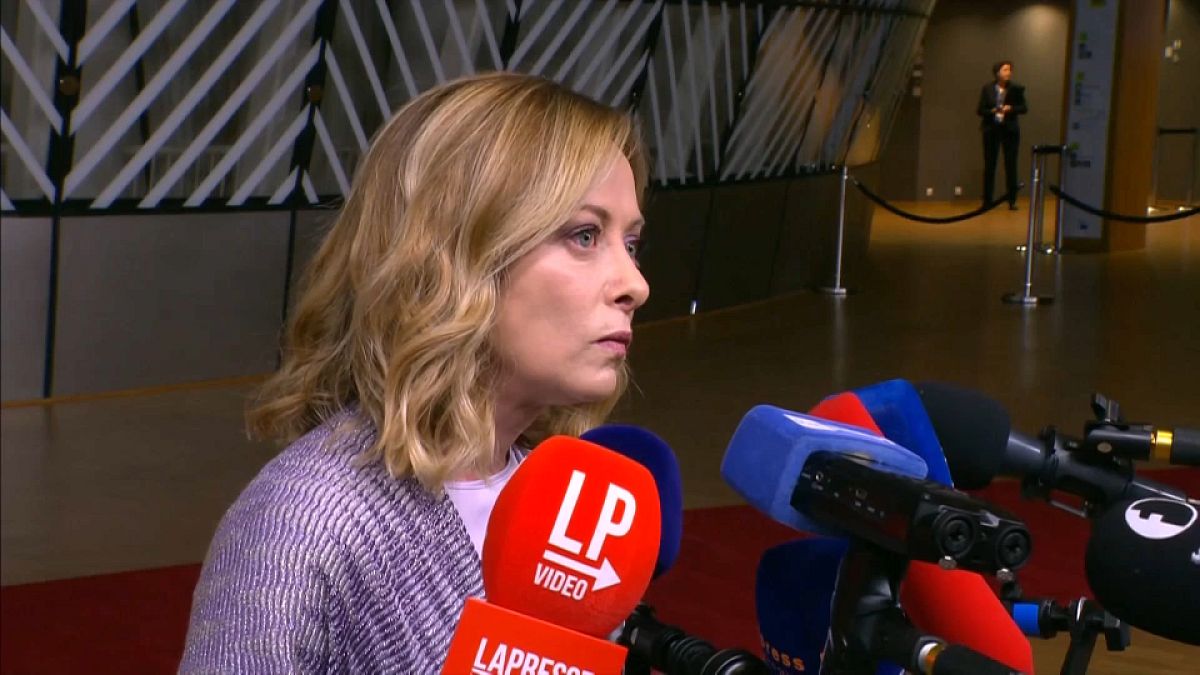Lifestyle
'The Liquid Eye of a Moon' is a Nigerian coming-of-age story

Uchenna Awoke’s debut novel The Liquid Eye of a Moon is, on the surface, 15-year-old Dimpka’s coming of age story in the rural Nigerian village of Oregwu. But Dimpka’s story is bigger than this — as it takes place within the specific context of what Awoke calls “human tabooing.”
The novel delves into life in an Igbo family that is considered “unclean” because they fall on the lowest rung of the traditional Igbo caste system. There are varying explanations or “justifications” for these harsh social divisions, including a specific type of ancestor worship. One practice is to dedicate a child to an ancestor, thereby “enslaving” the child to that forebear.
Dimpka’s devotion to his deceased aunt may reflect this spirituality. He is a dreamer, and his most important desire is to build a proper tomb for his aunt Okike, who died by drowning. Although his memory is hazy, Dimpka knows this aunt was extremely close to him. It is not until the end of the book that we learn the details of her death, disclosing why Dimpka may be so driven to give her a proper burial.
This novel also takes place against a history of horrific ethnic cleansing. To vastly oversimplify: The Nigerian government undertook a 1966 pogrom that killed thousands of Igbo people. The Igbos rose up to declare the independent republic of Biafra. The Biafran war for liberation, often called the Nigerian civil war, evoked headlines around the world. It ended in 1970 with the crushing defeat of the nascent Biafran republic. Accounts of the Biafran war have been memorialized in Chimamanda Ngozi Adichie’s searing novel, Half of a Yellow Sun, Chinua Achebe’s iconic book, There Was a Country, Louis Chude-Sokei’s terrific memoir, Floating in a Most Peculiar Way, and elsewhere.
Awoke presumes the reader’s knowledge of this complex background. He declines to translate Igbo terms, sharpening his message that Igbo cultural and political history form the novel’s warp and weft.
Dimpka carries the weight of being the eldest son in his family. He narrates his story in the first person. His maturation is marked by increasing awareness of caste differences, and the grave disappointments and dangers they engender. His closest friend, Eke, cannot bring Dimpka to his home due to social divisions. But the boys’ friendship transcends these taboos, and they explore their village together and share adventures until fate intervenes.
Dimpka’s father fought for Biafran independence but remains in the lowest class, and, as such, is unfairly passed over to be village elder. Dimpka’s parents may have anticipated this injustice, but it wounds the family, especially Dimpka.
Dimpka experiences sharp divisions within his own family as well. His younger brother Machebe taunts him with his self-discipline and consequent generosity and success.
Their father follows a traditional Igbo religious practice that invokes punishing gods, including Ezenwanyi, a commanding queen. Awoke intersperses these ritual stories throughout the book, casting a shadow across Dimpka’s activities.
By contrast, Dimpka’s mother is Pentecostal, and at pains to ensure her children’s Christian salvation.
How can Dimpka contain these divisions and move forward in his life? Throughout his teens and early 20s he tries multiple schemes to lift himself up in society and earn enough to build his aunt’s tomb and bring his family out of poverty. He proceeds as a hopeful innocent, while the reader fears for him. He follows paths that result in his being defrauded, shamed, and beaten down physically and emotionally. His struggles lead to a growing sense of frustration and pessimism. We come to understand that his choices are painfully constricted by the caste system into which he was born.
The moon in the title figures prominently in many scenes. When Dimpka finally succeeds in building his aunt’s tomb, he lies on it beside her, and looks “into the big liquid eye of a moon.” “Liquid” in the title brings to mind the fluidity of life and the lack of control humans have over their fate.
My reading of this novel would have been greatly enhanced by a clearer understanding of Igbo culture and history. Nevertheless, I enjoyed being immersed in Dimpka’s life, the tastes and smells of his mother’s cooking, the description of his fellow villagers, and his travels to Lagos and elsewhere to improve his lot. We feel the dust in the streets and engage in the activity at the local market. These setting and atmospherics help illustrate the suffering imposed on members of Dimpka’s caste.
Awoke’s writing is impressive; his metaphors are refreshing and vivid. Sentences like “Eke lights his crackling bush-fire laughter,” make Dimpka’s friend Eke come alive. Dimpka gives this specific description of his brother Machebe: “Imagine a tiger incarnate with a hard orange-brown stare.”
The book ends on an affirmative, though abrupt, note, with insufficient lead up to its conclusion. If such an ending suggests a novelist new to his craft, the book itself suggests a writer of great promise. Dimpka’s meandering story carries a vital humanitarian message. I look forward to reading more of Uchenna Awoke’s work.
Martha Anne Toll is a D.C.-based writer and reviewer. Her debut novel, Three Muses, won the Petrichor Prize for Finely Crafted Fiction and was shortlisted for the Gotham Book Prize. Her second novel, Duet for One, is due out May 2025.

Lifestyle
A robot gets a face of living ‘skin’ that allows it to smile

An image released by University of Tokyo researchers shows a robot smiling, with the help of mechanical actuators beneath a flexible layer of living skin.
Takeuchi et al. CC-BY-ND
hide caption
toggle caption
Takeuchi et al. CC-BY-ND
If humanoid robots make you a bit queasy — would it help if they had fleshy faces that can smile at you?
The uncanny feat is the result of new technology using engineered living skin tissue and human-like ligaments to give robots a more natural smile, according to Tokyo University researchers who unveiled their work this week.

“In this study, we managed to replicate human appearance to some extent by creating a face with the same surface material and structure as humans,” professor Shoji Takeuchi, the team leader, said in a news release. In the process, he added, “we identified new challenges, such as the necessity for surface wrinkles and a thicker epidermis to achieve a more humanlike appearance.”
The approach promises to make robots more lifelike — and in the future, the researchers say, similar techniques could also be used on humans, in the cosmetics and plastic surgery industries. Their findings were published in the journal Cell Reports Physical Science.

A new method of binding living skin tissue to a robotic skeleton will allow more humanlike expressions and better range of motion, according to researchers from the University of Tokyo.
Takeuchi et al. CC-BY-ND
hide caption
toggle caption
Takeuchi et al. CC-BY-ND
To overlay and connect the lab-produced skin on a robotic skeleton, a layer of collagen gel containing cultured human dermal fibroblasts (a type of connective tissue cell) binds to an innovative system of tiny V-shaped perforations in the surface, letting the skin move with the underlying structure without tearing or peeling. The work of muscles — creating a smile, and other motions — is done by actuators.
Takeuchi’s Biohybrid Systems Laboratory has previously engineered skin that can heal, created small robots with biological muscle tissue, and 3D printed lab-grown meat. He says the latest work on living skin has a string of potential next steps.
“Self-healing is a big deal — some chemical-based materials can be made to heal themselves, but they require triggers such as heat, pressure or other signals, and they also do not proliferate like cells,” he said. “Biological skin repairs minor lacerations as ours does, and nerves and other skin organs can be added for use in sensing and so on.”

It’s critical for robots to have the ability to heal and self-repair, the researchers said in their study, because even small scratches could develop into serious impairments.
Biomimetic robots could also become even more realistic with thicker skin, Takeuchi said, adding that future projects could look to add sensors, pores and even sweat glands and fat. The team’s paper says their work could also bring insights into how humans’ wrinkles are formed. And by incorporating more sophisticated actuators and eventually, cultured muscle tissue, their approach could help robots in the future move in fluid, humanlike ways.
For now, the robot can’t feel its face, putting it in a category pioneered by Abel Tesfaye, a.k.a. The Weeknd. Not long ago, many of us smiled when technology managed to put the singer’s words about his face into the mouth of a U.S. president.
Lifestyle
L.A. Affairs: I was interested in the hottest guy at the gym. But was he interested in me?

They say your 30s are better than your 20s for myriad reasons: better sense of identity, more financial stability, less defined by ego-filled standards. For me, I was completely satisfied in every department in my life except romance.
I met Dave, an attractive 37-year-old man with salt-and-pepper hair and a contrasting red-colored beard, at the Toluca Lake CrossFit gym where we’re both members. He was a fit, recently divorced white male with children.
I was a 30-year-old, semi-fit first-generation Latina who had never been proposed to. It was like a tale of two cities if you will.
I instantly thought Dave was alluring, but pursuing him meant facing my fears; in a past life, I was the anxiously attached girlfriend who was always worried about male-female interactions and those extreme fictitious scenarios that led to self-destruction.
I kept thinking, “Me? Dating a divorced man with kids — and risking societal judgment for dating him?” I couldn’t bear it. Even worse, his ex-wife was still a member of the gym.
Out of all the CrossFit gyms in Los Angeles, I just had to walk into his.
I had small talk here and there with Dave, but taboo kept encroaching on the possibility of an “us.” After a year of moseying around each other, divine intervention skewered us better than Cupid’s arrow, and we were brought together.
It’s widely known in the CrossFit community that on Memorial Day weekend we all commit to honor fallen service members by challenging ourselves in completing the Murph Hero workout. It’s a one-mile run with 100 repetitions of pull-ups, 200 repetitions of push-ups, 300 repetitions of squats, capped with another one-mile run. Typically barbecue and brews are had afterward. I did the 8 a.m. class; Dave did the 9 a.m. class. We stayed for hot dogs but found good company with each other.
In my attempt at flirting I asked him, “How does it like to be the fittest guy at the gym?”
He responded, “Do you want the real answer or the short answer?” It was daring, a bit provocative, yet simple enough to open the doors to let each other in.
The connection post-workout might have stemmed from the intensity of pushing our physical limits or possibly from the delirium of not knowing what had just happened. Or maybe it was just “excitation transfer.” No matter what it was, after we started talking, we never stopped.
His undeniable intelligence complemented my sharp-focused wit. I knew this connection was something different. The gravitational pull between us could have kept a small moon in orbit.
After moving from the barbecue to the bars with friends, he asked me out on our first official date, marking the beginning of summer. At Laurel Tavern in Studio City, where I’m sure many first dates begin, Dave and I exchanged laughs and stories on a majestic June evening as friends gathered for happy hour and families celebrated their loved ones’ college graduation. The drinks were flowing, and we — two acquaintances — soon became love interests who had second and third dates.
As high as we had our head in the clouds, everything soon came crashing down. Dave was leaving L.A. for a planned trip to Europe with his ex and their children. As Dickens put it, “It was the best of times, it was the worst of times …”
My greatest fears began to unfold as I crept back into the only defense mechanism I’ve ever known. But Dave wasn’t the men of my past. He was something much greater.
When my friends asked why would I date a guy who had been previously married, there wasn’t a second thought. It wasn’t beyond me that Dave’s previous life looked completely different from my own.
I was able to see him for who he was. After all, he’s the type of man who would be the first person to make you feel welcomed if you were to walk into a CrossFit gym for the first time. He’s the type of man who goes to Europe with his children and their mother because it’s the children’s first time and he doesn’t want to miss it. And if he does have a commitment like that, he calls you every night no matter what time zone or country he’s in. He also remembers to bring back a souvenir for you.
There was nothing I could do to change his past, but I was in control of how I navigated our future, especially when he made an effort to build trust. It was this simple thought in which I found solace. Suddenly the new chapter in Dave’s life was one in which I became a new character.
When he returned from Europe on July 4, our gravitational energy brought us back together, and our story as Dave and Jillian began. We coalesced, making our way through L.A.; having drinks at Casita in Sherman Oaks; or going on morning bike rides through Griffith Park. We navigated his life as a co-parent while dodging awkward situations at the gym. We still enjoyed 7:30 a.m. class time together — the class where we met. Then in October, we became an official couple. Those intrusive thoughts were nothing but an emotional scar beginning to heal.
Dave and I met at the precise time in our lives. Admittedly, we both like to say that everything in our past was in preparation for us to meet each other. Now, almost a year later, I can’t imagine a life without him. Something tells me that my 30s are going to be just fine.
The author is a publicist for a sports and live entertainment company in Los Angeles. She loves to cook and write, but only when she feels like it. She’s on Instagram: @jilliansalas12
L.A. Affairs chronicles the search for romantic love in all its glorious expressions in the L.A. area, and we want to hear your true story. We pay $400 for a published essay. Email LAAffairs@latimes.com. You can find submission guidelines here. You can find past columns here.
Lifestyle
Charli XCX and Lorde sure did make the internet go crazy : It's Been a Minute

-

 News1 week ago
News1 week agoTracking a Single Day at the National Domestic Violence Hotline
-

 Fitness1 week ago
Fitness1 week agoWhat's the Least Amount of Exercise I Can Get Away With?
-

 News1 week ago
News1 week agoSupreme Court upholds law barring domestic abusers from owning guns in major Second Amendment ruling | CNN Politics
-

 Politics1 week ago
Politics1 week agoTrump classified docs judge to weigh alleged 'unlawful' appointment of Special Counsel Jack Smith
-

 Politics1 week ago
Politics1 week agoSupreme Court upholds federal gun ban for those under domestic violence restraining orders
-

 World5 days ago
World5 days agoIsrael accepts bilateral meeting with EU, but with conditions
-

 Politics1 week ago
Politics1 week agoTrump VP hopeful proves he can tap into billionaire GOP donors
-

 World1 week ago
World1 week agoInfluencers and politicians – meet the most connected lawmakers














